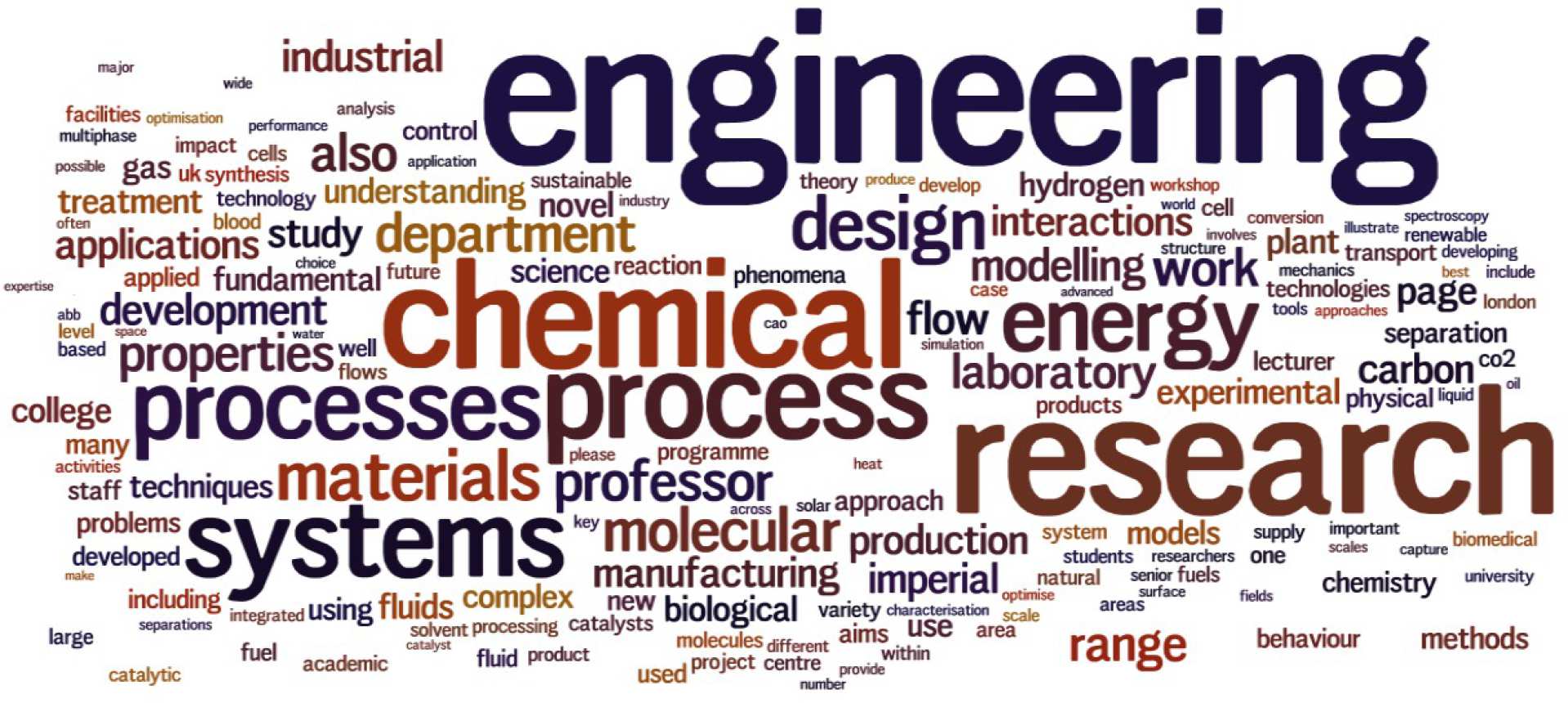Method Study seeks to determine the most efficient combination of the man, the machine and the working environment. It is necessary to determine which functions are better performed by man and which functions are better performed by machine. Both man and machine surpass each other in different ways. Economy again influences the man-machine combination.
The term ‘human engineering‘ is more appropriately used to solve these man-machine problems in design, operation and maintenance of plants and machineries. In fact, it is not appropriate to treat this science as an independent discipline as it comes broadly under the purview of ergonomics.
To understand the context and meaning of Human Engineering, it is better to define it in line with Ernest J. McCormick. McCormick defined it as the mechanism for ‘the adaptation of human tasks and working environment to the sensory, perceptual, mental, physical, and other attributes of people.
ADVERTISEMENTS:
This adaptation for human use applies to such functions as the design of equipment, instruments, man-machine systems, and consumer products, and to the development of optimum work methods and work environment.’
Human Engineering and Machine Design:
A designer of a machine should know how the human body functions, its dimensions, physical limitations and so also the conditions under which a person performs perfectly. For performing a task, a person normally does the following three things:
i. Receives the information (through different sense organs)
ADVERTISEMENTS:
ii. Makes decisions (acting on perceived information)
iii. Takes action (which results from decision)
Thus, the basic control cycle for a human being is sense, decide and act. The power to reason inductively, exercise judgment, develop concepts and create methods is unique to human beings. While performing quick repetitive routine tasks, the power to perform rapid computations, apply great force, simultaneous performance of many different functions, etc., are characteristic features of machines.
A designer of the machine should, therefore, consider all the above details before designing better machines for productive use. Most computer numerically controlled (CNC) machining centres developed by large industrial organizations in India are not performing well. This is because they have been designed without considering the human factor.
ADVERTISEMENTS:
A point to note is that sophisticated machining centres, whenever introduced, have become instrumental in giving rise to problems of industrial relations, since these adversely affect workers’ pay packages.
Since, a badly designed machine may be responsible for poor performance of workers, the application of ergonomic/human engineering techniques is necessary to design the machine. Modern machines are ergonomically designed to prevent stress and fatigue of workers to facilitate ease at work, while at the same time gain in terms of increased rate of production.
The application of human engineering/ergonomic techniques has been found useful even in designing consumer products, kitchen gadgets, furniture, etc. Recently, Blow Plast Ltd, under technical collaboration with Klober of Germany, ergonomically designed office chairs.

